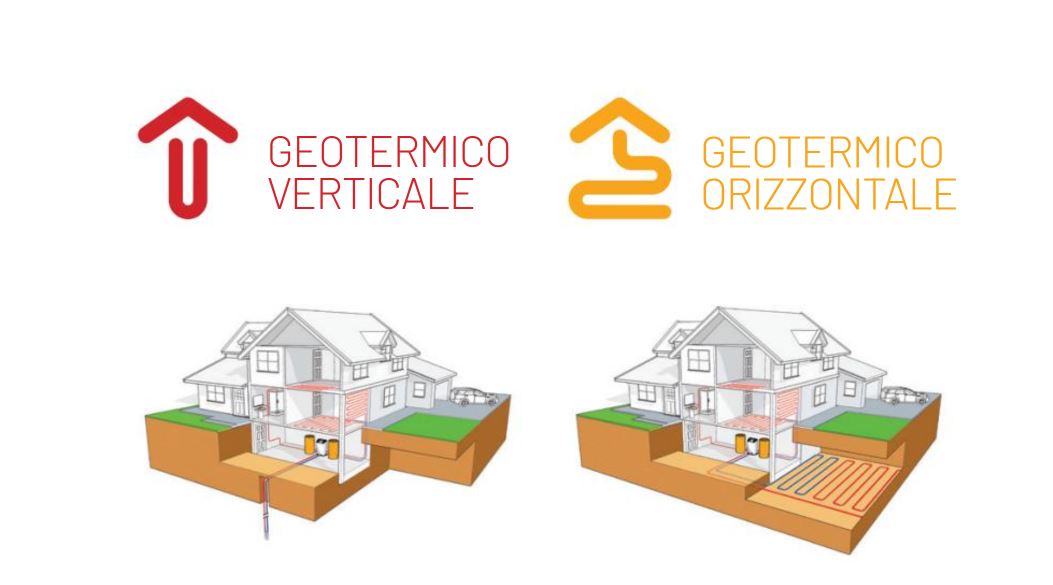Geothermal plant

A geothermal system recalls the extraordinary efficiency implemented by nature.
The building is powered by the ground below through a virtuous circle of energy withdrawal and release. Just as a tree uses its roots to obtain vital energy from the earth.
The elements that determine the efficiency of a geothermal system are:
• the quality of the project and installation
• the quality of the heat pump, we have chosen to install the most reliable and performing, Swedish technology (Nibe)
• the type of thermal source and therefore its temperature
• the type of distribution system and the consequent temperature required for its operation
• timely management of the plant.
The vertical probe is the most constant type of geothermal collector because it benefits from the fact that beyond 10/15 meters of depth the ground temperature remains stable around 10° C throughout the year. Exploiting this constant energy allows you to have the best yields, both in winter for heating and in summer for cooling.
The perforations, on average 100/150 m deep, have a diameter of just 15 cm. Geothermal probes are made up of 2 or 4 U-shaped pipes which descend and ascend in a closed circuit containing a heat transfer fluid.
The extension of the probe field (the set of geothermal probes) is sized according to the energy needs and the thermal yield of the subsoil of the site concerned.
When a large green area adjacent to the building is available, the application of this solution with horizontal probes can be evaluated.
This choice allows to contain the initial cost for the construction of the probe field, as the use of specific machines and equipment is not required. The probes are placed at a limited depth, therefore in operation the system will inevitably be affected by the seasonal oscillation of the ground temperature, however it will maintain good efficiency.
The green surface occupied by a system with horizontal probes is, approximately, double compared to the surface to be heated in the building.
About 25 square meters are needed to draw 1 kW.
- Last updated on .

